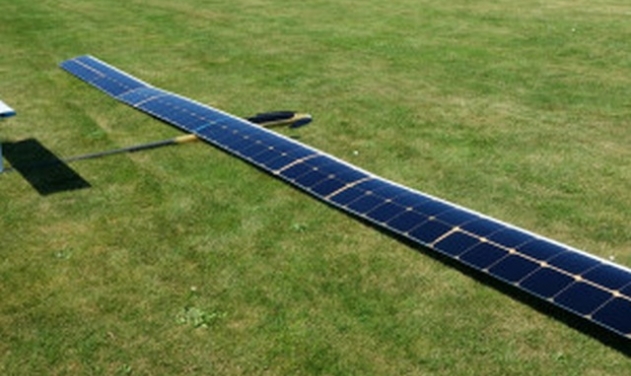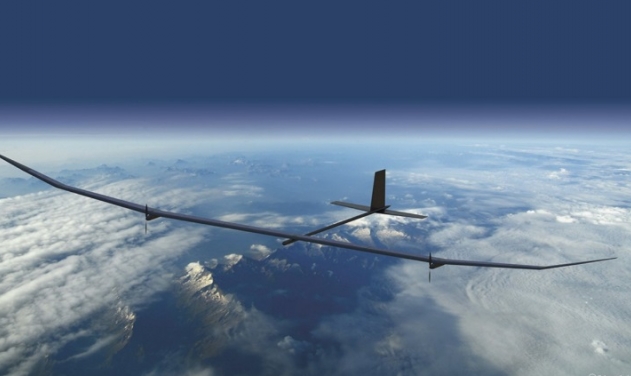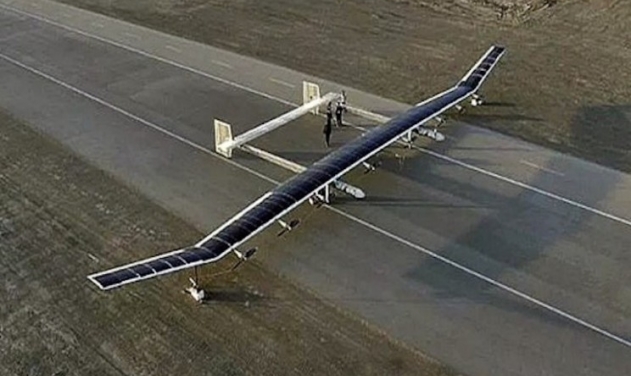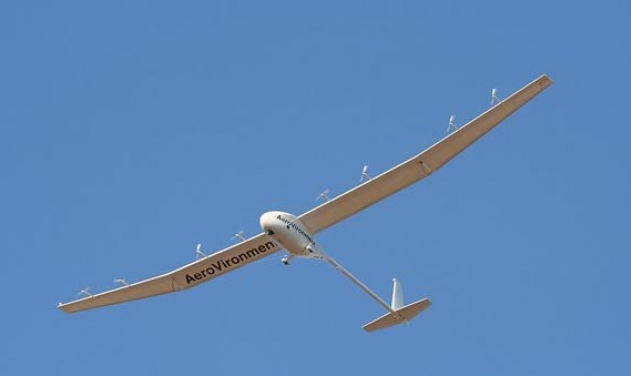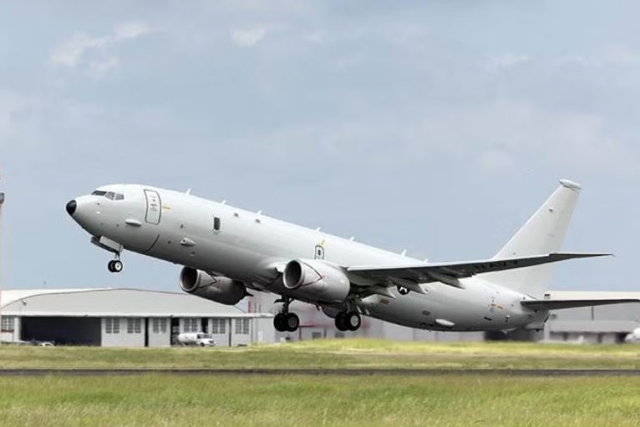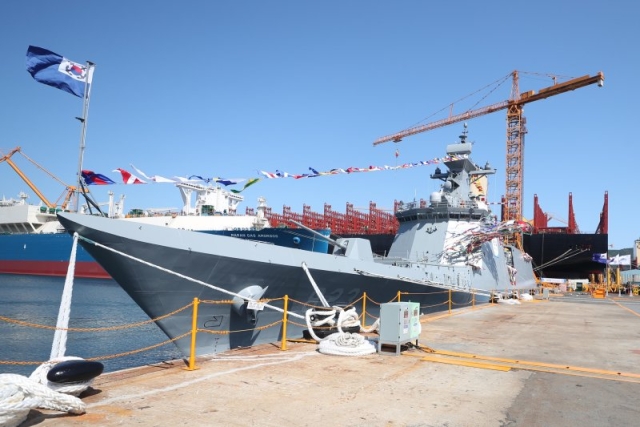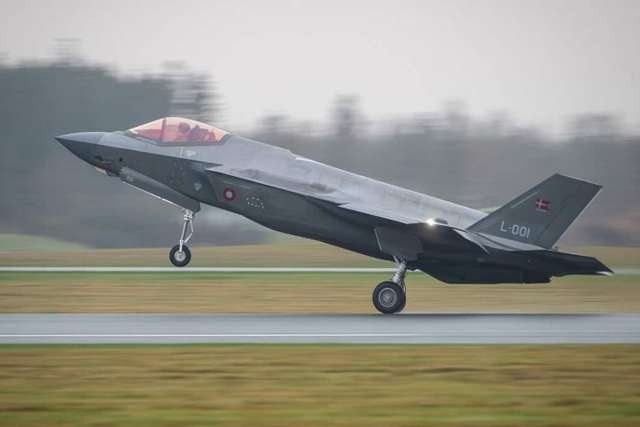BAE Systems Preparing to Trail UAV that Can Stay Airborne for 1 year, Deliver 5-G Networks
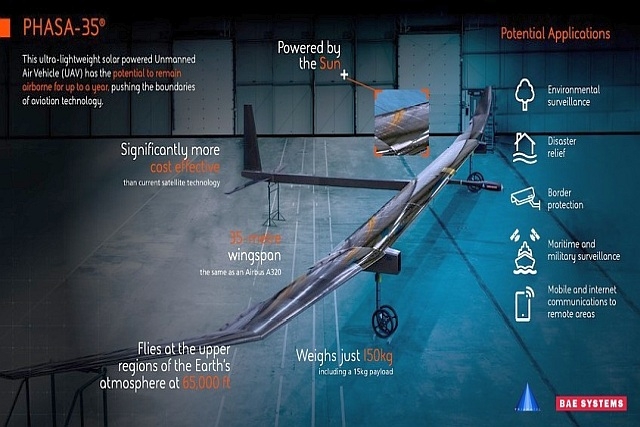
BAE Systems will commence trial flights of a unique solar-powered UAV that can stay airborne for 1 year flying at 65000 feet, and work as a low-cost substitute for satellites delivering 5-G networks.
The company announced today it had reached an agreement to acquire British SME, Prismatic Ltd which had done initial work on developing the solar-powered UAV called PHASA-35. The flight trials are planned for early 2020 for the UAV and will include a variety of payloads for both civilian and military applications.
The UAV uses long life battery technology and ultra-lightweight solar cells to maintain flight at 65,000 feet for up to a year. It offers a more affordable alternative to conventional satellite technology.
Since an initial collaboration between the two companies was announced in May 2018, engineers have been working at pace to develop two 35-metre solar-powered UAV prototypes, various sensor payloads and operational concepts. In just 15 months, the team has delivered two full-scale prototype aircraft, which are now undergoing integration testing at BAE Systems’ Warton facility in Lancashire in preparation for flight trials planned for early next year.
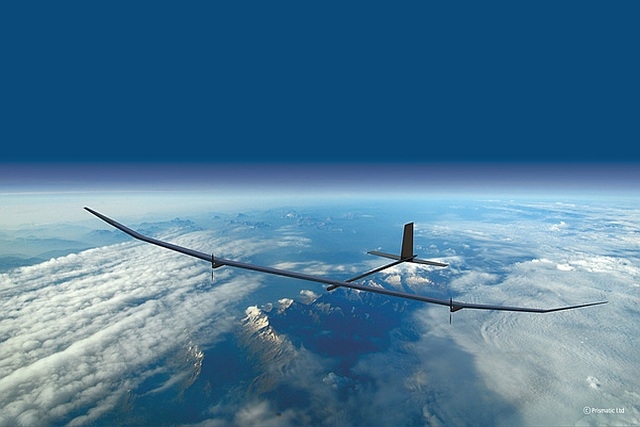
Nigel Whitehead, Chief Technology Officer at BAE Systems, said: “Our investment in the company (Prismatic Ltd) will enable us to take this technology into production, with the very real possibility that this aircraft could enter initial operations with customers within 12 months of flight trials.”
As a High-Altitude Long Endurance (HALE) vehicle, the PHASA-35 (Persistent High Altitude Solar Aircraft) is powered by the Sun during the day and by batteries overnight. The long-life battery and highly efficient solar technology allows the aircraft to potentially maintain flight for up to a year, operating in the upper regions of the Earth’s atmosphere.
Due to being made from ultra-thin carbon fibre composite material, PHASA-35 has a lightweight build and high aerodynamic efficiency. The prototype PHASA-35 has a 35-metre wingspan and weighs just 150kg, including a 15kg payload.
PHASA-35, when connected to other technologies and assets, will provide both military and commercial customers with capabilities that are not currently available from existing air and space platforms. The UAV has the potential to be used in the delivery of 5G networks, as well as provide other services, such as persistent surveillance, disaster relief and border protection, at a fraction of the cost of satellites.
